Sewing Equipment & other Essential Tools
Sewing equipment includes items which aids to clothing construction. The equipment is classified according to use in various processes.Equipment used for Measuring
- Measuring TapeMeasuring Tape is essential as accurate measurements are required. Usually it is 60 inches long with metal ends. Most of the measuring tapes feature centimeters on one side and inches on the other. Tapes are used to take body measurements and very helpful to measure curved lines and areas.
- Ruler or ScaleRuler also known as Scale is the perfect tool for taking straight measurements. You get rulers made of wood, plastic and metal. A 12 inch ruler is convenient for design purpose and make sure that it is marked clearly.
- Tailor's CurveA Tailor's Curve or a French Curve is the most common curved ruler used for Fashion Designing. It is very useful for making pattern adjustments and for shaping armhole and neckline curves.
- Meter ScaleMeter Scale is an extended version of a Ruler or a Scale. They are made of wood, plastic or metal that measures a meter in length.

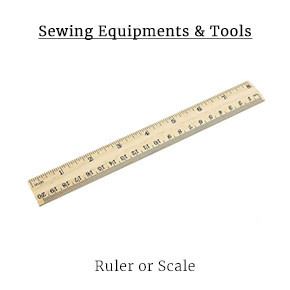

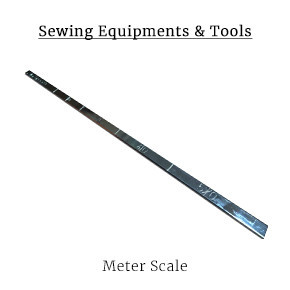
Equipment used for Marking
- Tracing WheelIt is a tool with teeth either smooth or serrated which is used to transfer markings from patterns onto fabric with or without tracing paper.This sewing tool also makes dotted perforations. Such markings might include pleats, darts, button holes, notches or placement lines for appliques or pockets. Tracing Wheel is also known as a pattern wheel, pounce wheel and dart wheel.
- Carbon PaperIt is a thin paper coated with carbon, used for making impressions on cloth. Carbon Paper is available in different colors. The most common colors are blue and black. They are also available in white, yellow, red, green etc. You can choose the color depending up on your requirement.
- Tailor's Chalk or Marking ChalkTailor's Chalk is used to make temporary markings over the fabric.
- Tracing PaperIt is a semi-transparent paper used for tracing designs onto the fabric. At first you can trace an image on the tracing paper and then it helps you easily transfer the design or pattern on the garment.
- Frixion Pens (Erasable Pen)These pens are made of rubber cement and thermo-sensitive ink which make a crisp, clear mark on the fabric. The marks made by this clever ink turns transparent when subjected to friction or heat.
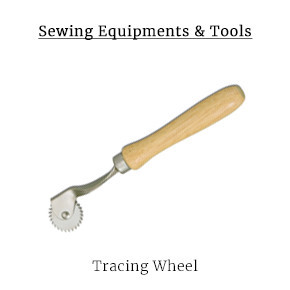
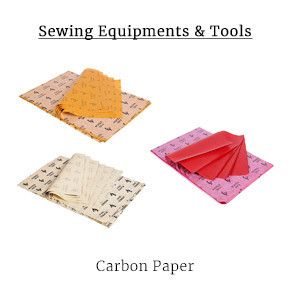
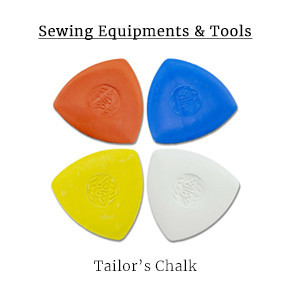
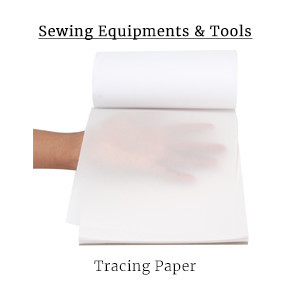

Equipment used for Cutting Fabrics
- ScissorsScissors are designed for use in cutting, clipping or trimming delicate fabrics. They are lightly constructed and have straight slender cutting blades.
- ShearsShears are heavily constructed and are so shaped that they can be used for cutting the garment with ease. A little lifting of the fabric from the surface helps while cutting. They are 6 - 12 inches long. They may be used on all weights of fabric. Shears have one small ring handle for thumb and a large ring handle for the other fingers. A Tailor's Shears can be sharpened when it starts losing its sharpness.
- Pinking ShearsThey are designed with blades which have notched edges. They are heavy in construction and are used for finishing of seams.
- Embroidery ScissorsEmbroidery Scissors are of short delicate construction which are used during embroidery. They are of 3 - 4 inches long with pointed blades.
- Rotary Fabric CutterIt is a tool generally used by quilters to cut fabric. It has a circular blade that rotates while cutting. We get them in different sizes – 60 mm, 45 mm, etc. For using rotary cutter we need self healing cutting mat which comes in different sizes. A- 0 is the biggest size, then A-1, A-2 etc.

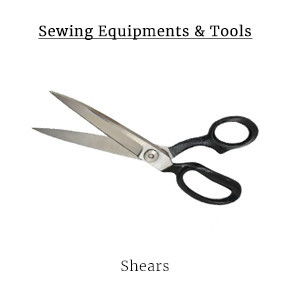
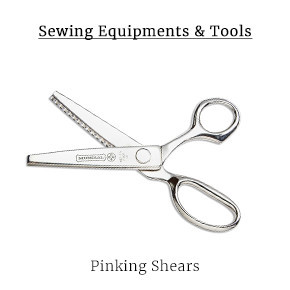

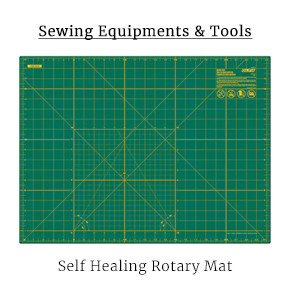
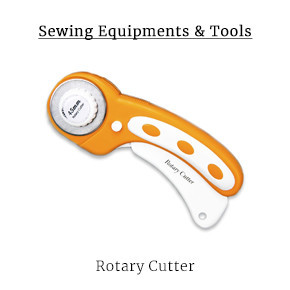
Care for Scissors & Shears
Sewing Shears and Scissors are the most essential tool for a tailor. Consistent use of scissors can eventually lose its sharpness. It is very important that we make sure, both scissors and shears are well taken care of. It is always a great challenge to keep the tips pointed and the blades sharp. We should always make sure that we use them properly. Here are few tips to keep your scissors and shears sharp and ready for use...- Avoid cutting very heavy fabrics like canvas.
- Avoid cutting multiple layers of cloth together.
- For a better performance, put a few drops of oil every 2-3 days to the parts where the blades are fastened together.
- Avoid Falls and Drops: Dropping scissors can cause the blades to lose alignment.
- Try to cut heavy fabrics using the part where the blade separates, as using tips could cause misalignment.
- Never cut paper or any other material other than fabrics, as not to lose the sharpness of the blades.
- Keep it away from moisture and water.
- Always wipe the shears after use to keep the blades free from lint (short, fine fibres which are separated from the surface of cloth).
Other important Equipment used for Stitching
- NeedlesNeedles come in different sizes. Needles should be selected according to the type of fabric, thread size and type of stitch. Small fine needles are used for small stitches such as in hems and hand gathering. Use fine needles for delicate fabrics and thick needles for thicker fabrics. Hand needles come in 1 - 12 sizes. Higher the number thinner or finer the needle.
- ThreadThread comes in different kinds and sizes. Different kinds of threads are used for sewing, embroidery and tacking. Sewing threads come in different sizes from 20 - 100. Larger the number finer the thread. Selection of thread depends on the type of fabric. Fine fabric requires fine thread.
- Pins & Pin CushionSharp and fine pins are most suitable for use in clothing. A pin cushion is typically filled with wool or cotton which is used for holding pins
- ThimbleThimble helps in hand sewing. It is used for directing the needle through the fabric and for protecting the fingers. Wear thimble on the middle finger of your sewing hand.
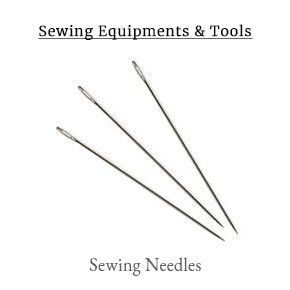

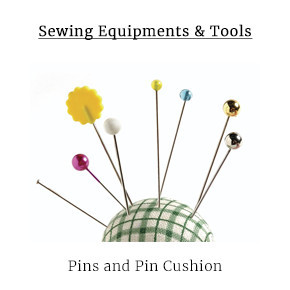
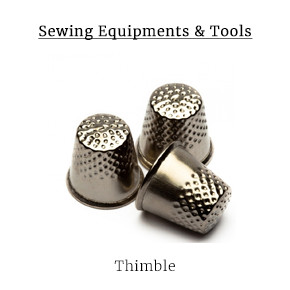
- Iron BoxOne can have better finished clothing if pressing is done during the process of construction. The latest models are wireless which are easier for handling.
- Needle ThreaderThis is a small device with a thin metal wire that helps you thread a needle.
- Emery BagIt is used for thrusting needles and pins to sharpen the needles and to remove rust.
- Seam RipperThis is a pen shaped gadget with a small blade at one end for removing stitches. Use the blade to lift the thread away from the fabric before cutting. Be careful not to cut the fabric.
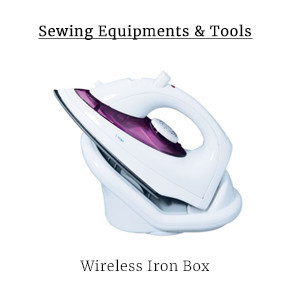
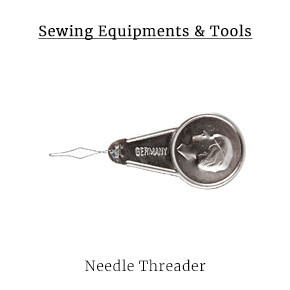
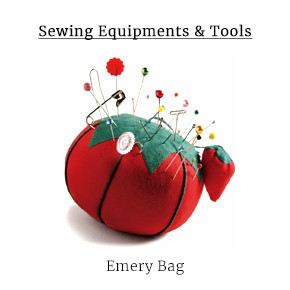
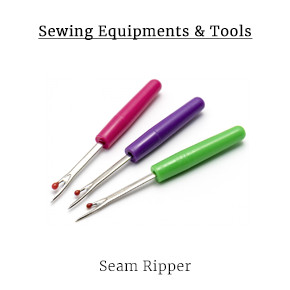
- Thread ClipperThis has spring action blades to clip thread ends or stitching.
- BodkinThis gadget resembles a large, blunt needle and is used to pull cord, elastic, tape or ribbon through castings.
- Lint RollerThis equipment is a roll with one sided adhesive paper that is mounted on a central spindle attached with a handle. It helps to remove lint and other small fibers from garments.

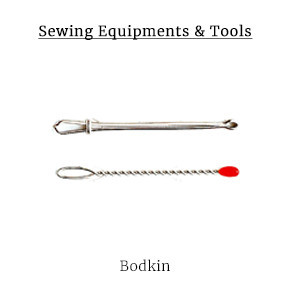
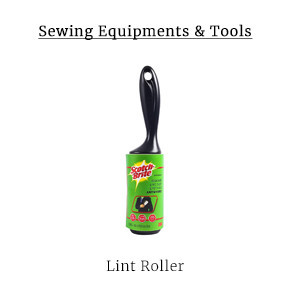
| Published On | - | 2021-01-31 |
| Modified On | - | 2021-01-31 |
| Author | - | Team WIFD |
| Publisher | - | Waves Fashion Institute |
| https://wifd.in//sewing_equipment_and_tools | ||
Please leave your comments, we love it..!

Unlock your fashion genius with our practical-oriented course. Enjoy convenient timing, individual attention, and industry exposure. Join us and embark on a stylish journey towards success!
view Advanced Diploma course

With our Fashion Design Diploma, you may follow your passion for design. Discover the complexities of illustration & clothing creation. Get support with job placement to pave the way for a successful career.
view Diploma course
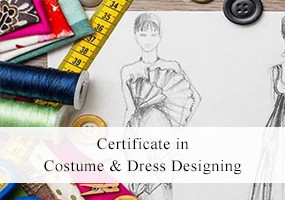
Looking to enhance your costume and dress designing skills? Our 6-month short-term program offers practical training, individual focus, and flexible timing options. Join us and take your design career to new heights!
view Certificate course

Ready to fast-track your career in Fashion Merchandising and Boutique Management? Our 2-month certificate course provides in-depth learning, costing analysis, and a sales perspective. Enroll now and become a retail success story!
view Certificate course

Sonakshi Sinha's Gold Embroidered Red Ethnic Suit for Eid
Sonakshi Sinha celebrates Eid in style, adorned in a stunning Gold Embroidered Red Ethnic Suit, radiating elegance and festive charm.
Sonakshi Sinha celebrates Eid in style, adorned in a stunning Gold Embroidered Red Ethnic Suit, radiating elegance and festive charm.
View Story

Kajal Aggarwal wows in a Denim over Shirt Look
Kajal Aggarwal wows in a Denim over Shirt look featuring a long dress with a contrasting grey check shirt with full sleeves, showcasing her impeccable fashion sense.
Kajal Aggarwal wows in a Denim over Shirt look featuring a long dress with a contrasting grey check shirt with full sleeves, showcasing her impeccable fashion sense.
View Story

Avneet Kaur's Sizzling look for Cannes Film Festival
Avneet Kaur stuns in her sensual 4th look for the Cannes Festival, showcasing a sizzling appearance in a custom pastel green outfit.
Avneet Kaur stuns in her sensual 4th look for the Cannes Festival, showcasing a sizzling appearance in a custom pastel green outfit.
View Story

Vibrant Dress Colors for Ramzan 2024
Elevate your Ramzan style with the best selection of vibrant dress colors for 2024. Get ready to shine in hues that reflect the essence of the season.
Elevate your Ramzan style with the best selection of vibrant dress colors for 2024. Get ready to shine in hues that reflect the essence of the season.
View Story
Hey, we have more amazing content on the latest Fashion, Trends, Paintings & Creative Arts, and now it's absolutely FREE for you. All you have to do, is just... We always respect your privacy!
Popular Fashion Quotes
" I adore wearing gems, but not because they are mine. You can’t possess radiance, you can only admire it " ~ Elizabeth Taylor